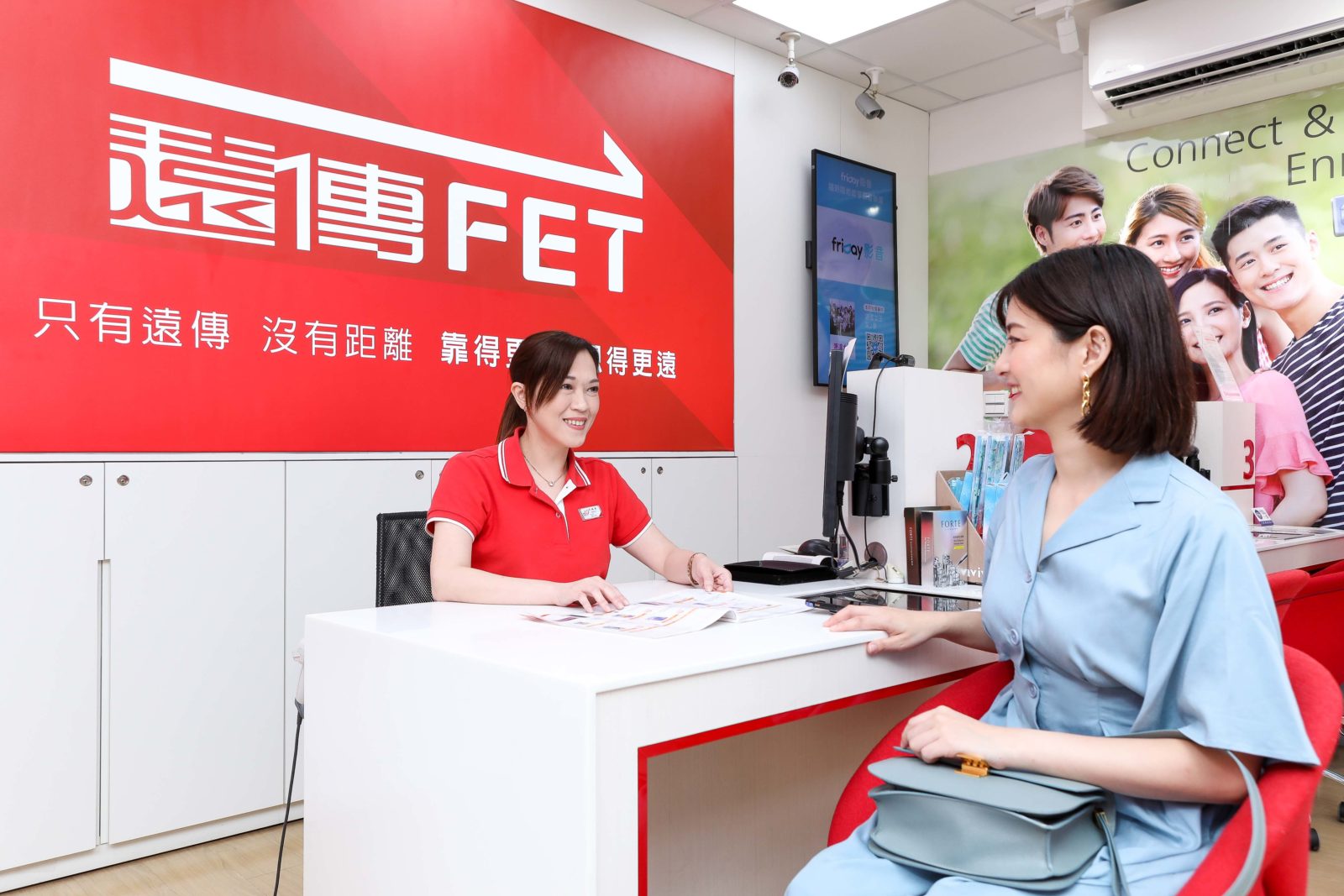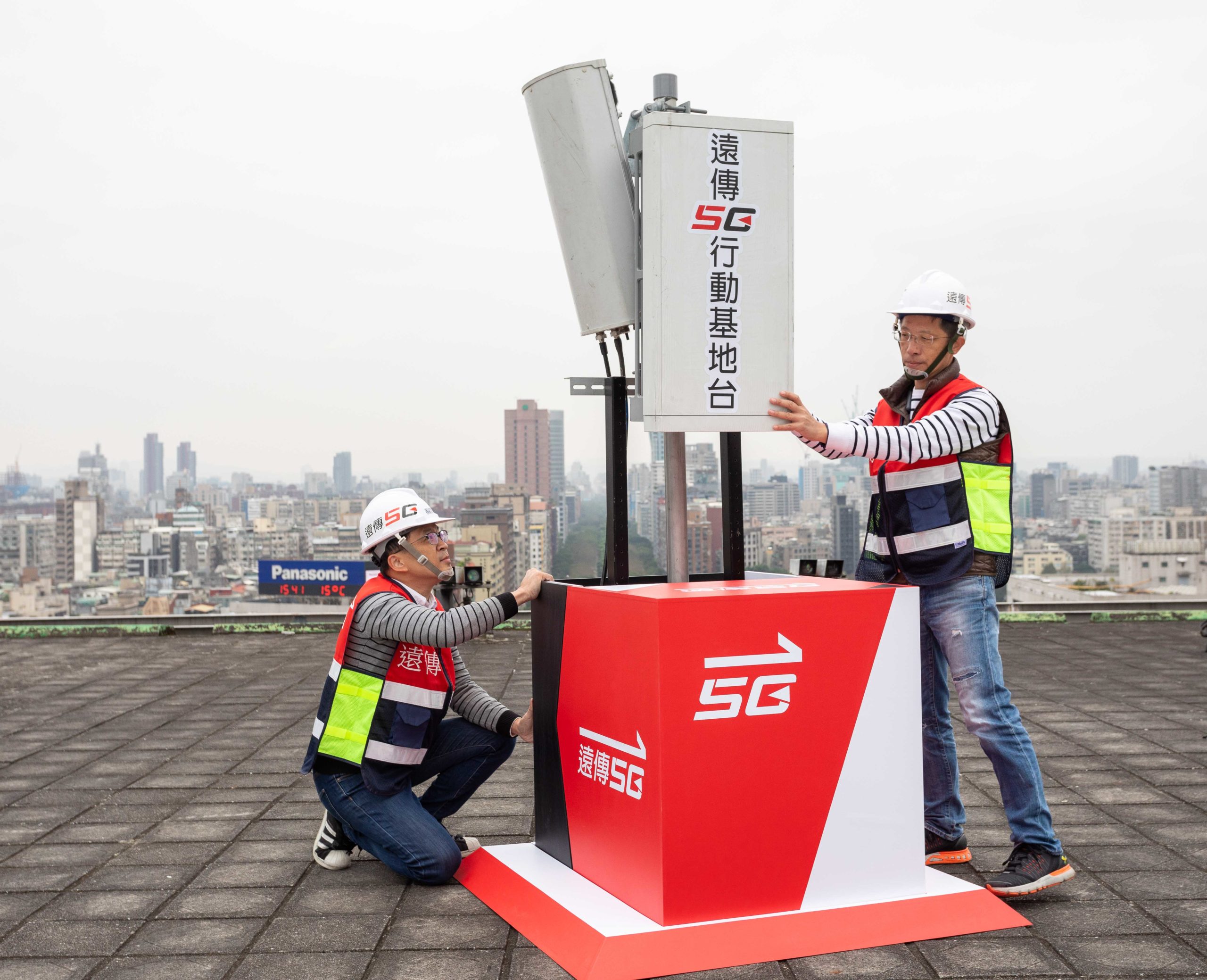
Culture of Innovation
Research and innovation: understanding customers and upskilling workers
Taiwanese telco FET adopts top-to-bottom transformation with help from AI and data
“I couldn’t live without my phone!” exclaims Jhu Wan Yu. The 27-year-old event planner is like many residents in Taiwan’s busy, tech-obsessed capital, Taipei. She does almost everything online and feels staying connected is essential.
“I spend more than 10 hours on my phone a day, on average. Usually, I’m replying to clients by email or text. I often work offsite, managing events around the city and I love the convenience of not always needing to bring my laptop to do my job. On weekends, I love streaming videos. Having the internet on my phone means I can work and play more conveniently, and at the same time I can keep in touch with clients, friends, and family.”
Taiwanese consumers are among Asia’s heaviest users of the Internet, with a strong reliance on mobile devices.

Many, like Jhu, expect fast, reliable connections, and have signed up for unlimited data plans as telecommunication providers compete to attract and keep users on their networks.
Among the leaders in the industry is Far EasTone Telecommunications (FET). It is determined to gain a long-term edge on its rivals by embracing a new culture of innovation that is reshaping operations across its entire business.
From top to bottom
“Our approach to innovation is: ‘We need to do this, with specific goals, from top to bottom,'” says Marvin Lee, FET’s director of human resources and corporate communications. “People must be able to feel the benefits that transformation brings to the entire company and its employees.”
FET has created a strategy called BAI – big data, artificial intelligence (AI), and the Internet of Things (IoT). It is aimed at bringing people together and narrowing the gap between users and technology.
In a key step, FET has joined the Microsoft Research Asia (MSR Asia) Innovation Partnership to better understand the fast-evolving needs and behaviors of customers and to help upskill its workers as they create and roll out market-leading services.
Internal adoption for external success
“To transform FET into a company that can offer new technologies, such as AI and big data-enabled solutions, we had to first internally have our employees embrace, adopt, and continue to improve our core knowledge and ability to utilize these technologies,” says FET President Chee Ching.
She says that by providing AI training and conducting hackathons with cross-department teams, “FET’s employees understand how they can play a role in utilizing AI to solve business problems. This has fueled their enthusiasm for learning more, that is, upskilling. ”
Ching says “upskilling has made it easier for employees to integrate AI into their work and feel empowered in their journey of transformation, instead of feeling insecure or left behind.”
“FET continues to recruit talent in these new technology areas to make our core teams stronger and bigger. With these experienced and passionate core teams, FET is able to offer clients and users advanced AI-powered solutions and services, and continue to make ourselves stronger,” she says.
The company’s move toward AI integration has highlighted some important lessons that could be applied to companies in other industries. Firstly, the process of transformation is more effective when an organization fully embraces it. Secondly, some employees could face difficulties dealing with rapid change and might require extra time and resources to get onboard.
In both areas, effective leadership is crucial. At FET, the president constantly and directly communicates with employees, so they understand and embrace the need to transform and can get support when necessary.
“Making changes to corporate culture and people’s mentality are daring challenges,” says Lee. “Cooperation is also a very important issue. It can be very difficult to drive a transformation project forward if a handful of departments in the company are reluctant to take action together with others.”
Improving the lives of data-hungry customers
Embracing this mindset for change brought FET success as it set about boosting its impact in the market.
After joining the MSR Asia Innovation Partnership, the company started to analyze where it could use AI to add value to its operations. Following a review, the two partners established AI traffic forecasting models that predict traffic at core base stations, secondary base stations, and over-the-top (OTT) media services.
The forecasts are made in 15-minute segments for the forthcoming week, and in Taiwan, with its heavy online use, this approach allowed FET to form intelligent and dynamic patterns of network traffic.
The forecasts are also impressively accurate, achieving a 99% total for traffic in core base stations, 90.5% for secondary base stations, and 74% for OTT service traffic.
“AI can be applied in many scenarios, and we’ve always looked to develop its capabilities,” says Lee. “For instance in terms of customer service, we have used technology to predict bad debts so that we can offer flexible billing solutions. The partnership with Microsoft also led to the development of Taiwan’s first 5G intelligent factory, combing all aspects of our BAI strategy.”
Rewards of collaboration
Jiang Bian, a researcher at MSR Asia Innovation Partnership, says the success of FET’s collaboration with MSR Asia is based on a series of breakthroughs in some key areas. These include using an innovative neural network for ultra-long-term time-series modeling and maintaining a scale to forecast peak traffic.
FET and MSR Asia were also able to regulate data for different base station motes and services to ensure a consistent range of distribution and by combining the AI technology with their own insights into how the telecommunications industry works.
“Accumulated industry insights and experience are dynamically weighted with the forecasting model to ensure better overall accuracy in traffic forecasting,” says Lee.
The collaboration has been successful because of the culture of innovation embraced at FET, he says. Employees were able to adapt to these new techniques in large part due to the employee AI knowledge training and the development of talent in AI technologies.
The COVID-19 pandemic has also made FET aware of how reliant it is on technology advancement. It also recognized the need to embrace change right across its culture and to make sure its people feel part of that process.
“The importance of AI to customers and employees was made clear when COVID-19 spread,” says Lee.
He points to the company’s “Agile Office” project, which had created a flexible workplace that adapts to digital transformation and changed working conditions. “We empower our employees through digital innovation, which means improved products and services for our customers, even when business conditions drastically change.”
TOP IMAGE: Jhu Wan Yu checks her smartphone as she walks through downtown Taipei. Photo: Charles Tsai.
















